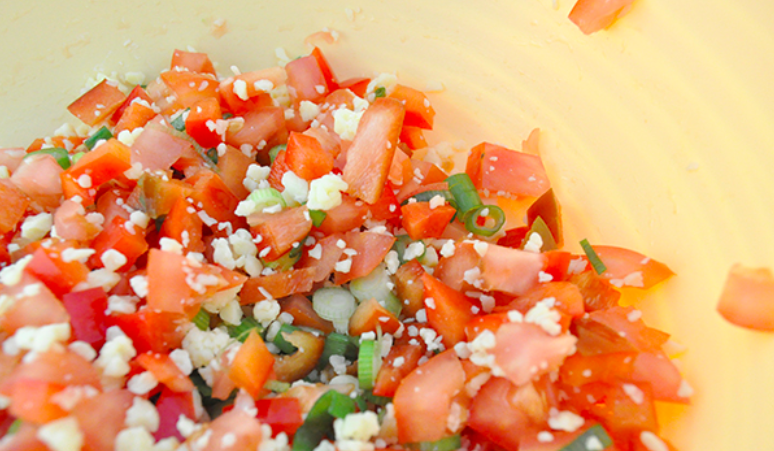High school teacher and mum of two, Kristy Do, hits the Insta-generation with a truth bomb: fame isn’t everything.
Arshad Khan, Lee Minwei, Pietro Bosselli, Irvin Randle are some of the many people who have become famous overnight – and not for reasons that one might expect. For these celebs, it was the sheer luck of having a photographer capture them in a mundane moment, followed by their image posted on social media, ensuing a viral frenzy. Like many overnight sensations, luck dances its magic wand over the careers of certain people and promotes them to instant stardom. Whilst there is no judgment for those who have the limelight thrust upon them, there is an alarming message sent to young people: fame is easily attainable and the cost of that lifestyle is minimal. If only life were that simple.

As a teacher I often get students who claim their aspiration is to be ‘Insta-famous’ or some sort of public figure. My first response is to roll my eyes and ask ‘why?’
As a teacher I often get students who claim their aspiration is to be ‘Insta-famous’ or some sort of public figure. My first response is to roll my eyes and ask ‘why?’ Please don’t get me wrong. I love Iggy Azalea, I love Drake, I love (some) insta-famous models, but teens today now believe that butt implants and fast cars are the shiz as a result of these celebs. To the young, one million likes on an Instagram photo means you’ve truly made it in life (it’s a life us peasants could only dream of). When students allude to this as an aspiration with no understanding of the work involved, it’s enough to make any teacher lol.

We’ve all dreamed of being publicly acknowledged in some form or capacity – but desiring fame at the expense of pursuing one’s passions is a dangerous path to follow.
Craving fame is a stark reflection of one’s dissatisfaction with life and the desire to want to be noticed in the crowd. We’ve all dreamed of being publicly acknowledged in some form or capacity – but desiring fame at the expense of pursuing one’s passions is a dangerous path to follow. It’s important adolescents are encouraged to pursue careers that align with their skills and passions, regardless of whether that leads to fame. The notion that fame leads to happiness is a dismal one. One can only look at the lives of many celebrities today and see the countless men and women who are turning to alcohol and drugs because they can’t hack life in the spotlight. Being famous comes at a high cost to families, and one’s mental health. Teens need to know this.
No teacher wants to stifle the idealistic idea of following one’s dreams, but they do have a responsibility to lead students to realistic pathways and highlight where students might need a plan to follow that dream.
In the meantime, I’ll be over here waiting for instant fame as a Freelance Writer.
Kristy is a Secondary Teacher, Freelance Writer and mum to two kids. She’s passionate about inspiring young minds, story-telling, and double shot coffee.














































